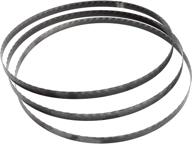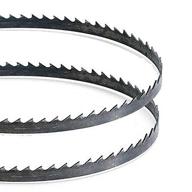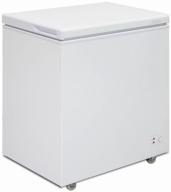
Review on 🔪 Slice 10482 Industrial Injection Moulded 3D Printed: Cutting-Edge Technology for Precision Manufacturing by Tyler Cooley

It works well with most plastics, not well with metal (even aluminum), the grip is not very good
I have mixed feelings about this deburring tool. It gets some things right, but lacks a few things in other areas (mainly the handle design). The actual deburring process works fairly well on plastic (assuming the burr is very small - it doesn't work on large burrs). It took me a while to get the right pressure and angle to get a clean and even edge, but it's not that hard. It can work on softer metals like aluminum in a pinch, but it's not ideal for that. I prefer to use my Noga tool for all metal work. My Noga tool can gouge plastic if I'm not careful, so I bought this Slice tool. I do 3D prints from time to time and this slice tool is good for cleaning up the print after it comes out of the printer. However, if you are using very thick layers for your 3D printer, be aware that this tool may capture layer boundaries if you move it more than 0.5mm. I usually work with 0.2mm layer thickness, so that's not a problem for me. One of the things that worries me is the blade breakage. I haven't broken any slice blades so I don't know what happens when they break. Being ceramic, I'm concerned that if I put some pressure on the tool while deburring, they might break and release sharp bits into my hand. In fact, there's an entire disclaimer on the manufacturer's website stating that ceramic blades shouldn't be side-loaded as they can shatter and shatter into dangerous shards. But that's basically what we're doing with this deburring tool (applying a side load - I know it's not exactly perpendicular, but it's a lot more side load than a standard cutting blade). Of course, the blade appears to be thicker than their standard cutting blades, so I'm hoping they designed the blade to handle "normal" side loads for plastic. What worries me the most is how much margin of safety they bring in and if it's enough. Here are a few other criticisms I have: BLADE HOLD: The handle doesn't hold the blade very securely. I was trying to remove a burr created when cutting a sheet of plastic with a jigsaw (I moved slowly to draw a precise line and eventually melted some of the shavings and turned them into a burr on the back of the material) . In this situation, the blade simply slipped out of the hilt upon hitting the ridge. I verified that this was not operator error by removing the blade holder, fully inserting the blade, and reassembling the handle. I was able to pull the blade straight out without much difficulty. I think they should have designed the handle so that the plastic blade holder fits snugly around the blade when inserted into the handle body - a couple of plastic wedges molded into the handle body would probably work just fine. LOCH: I like to hang things up at my work station for easy access. I don't understand why they didn't make a hole on the handle for hanging - there is an ideal spot at the end where there is already a dimple. I'll probably just drill it and make my own hole. NO EXTRA BLADE: There is storage space in the handle for an extra blade (see attached photo). I would really appreciate it if they added an extra blade there. It would be even better if they included a blade of each type (they seem to offer both convex and concave blades). They seem to only sell these replacement blades in packs of two, so it might be a good idea to try both types of blades to see which works best for my application before buying a set of two replacements.
- Each blade option has multiple edges to work with the tool from different angles. Its durable, glass-filled nylon handle includes convenient blade storage so you can use one type of blade and have another on hand for quick changes.
- Ugly packaging
New products
Comments (0)
Top products in 🔪 Deburring Cutters
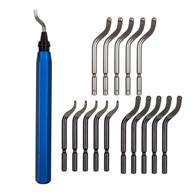
🛠️ Acrux7 Plastic Aluminum Deburring Remover Tool

3 Review
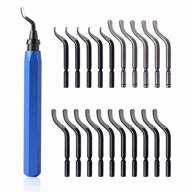
High-Speed Steel Blade Deburring Tool With Aluminum Body - MAVAST (Blue) - Includes 21 Blades

4 Review

🔧 Enhance Precision and Comfort with the SHAVIV 29065 Classic Shaviv Handle

3 Review
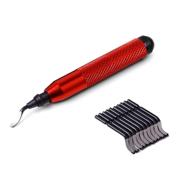
🔪 Revolutionize your Cutting Experience with MAVAST Deburring High Speed Steel Blades Cutting Tools

3 Review


